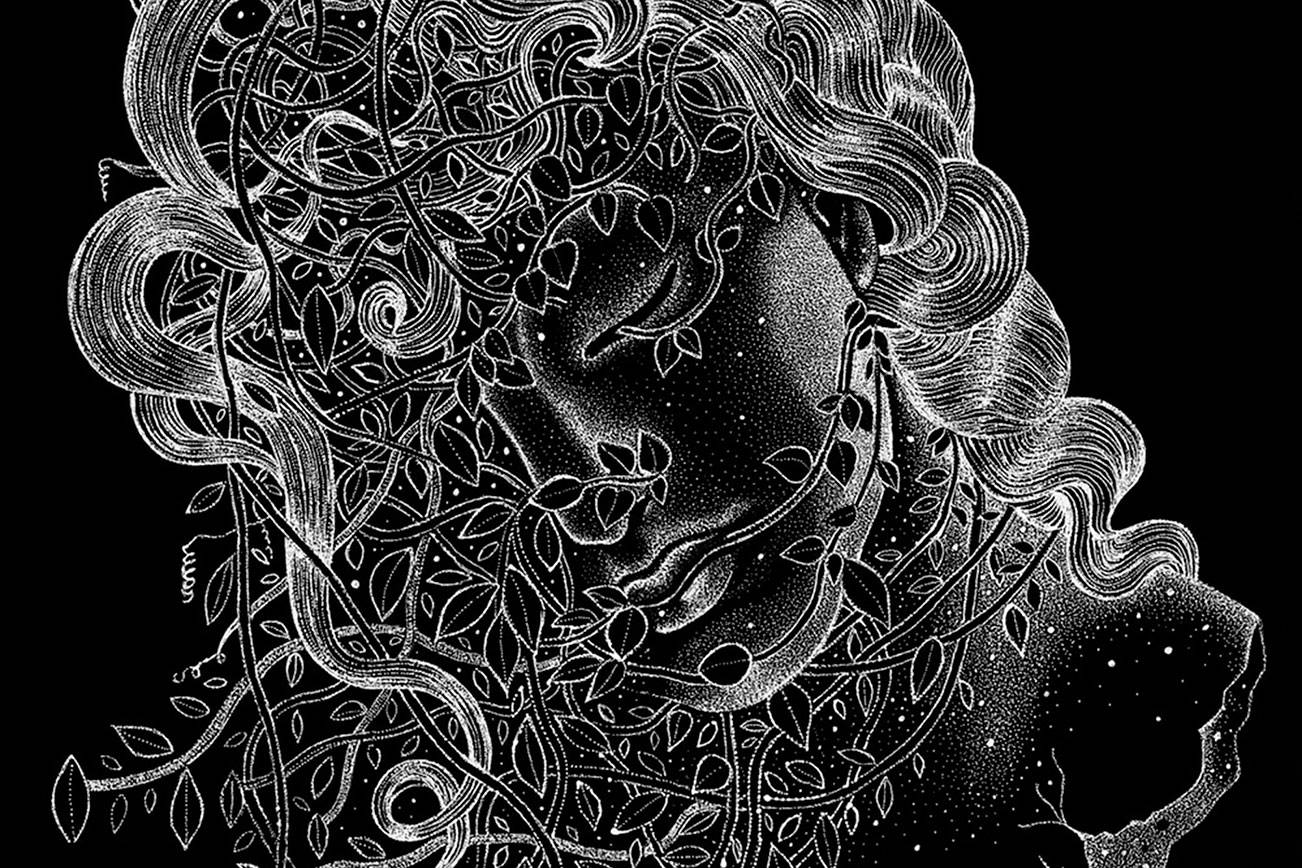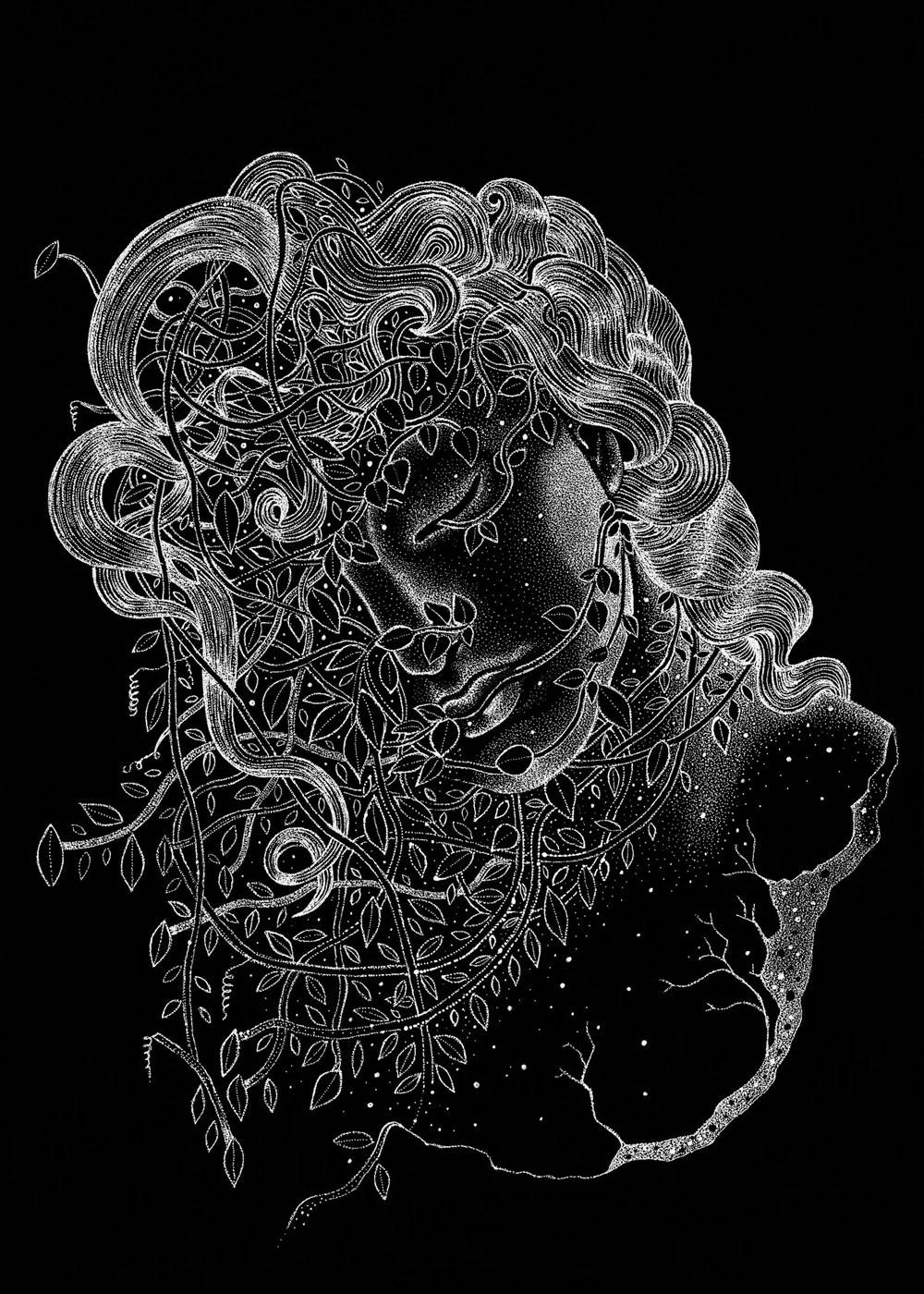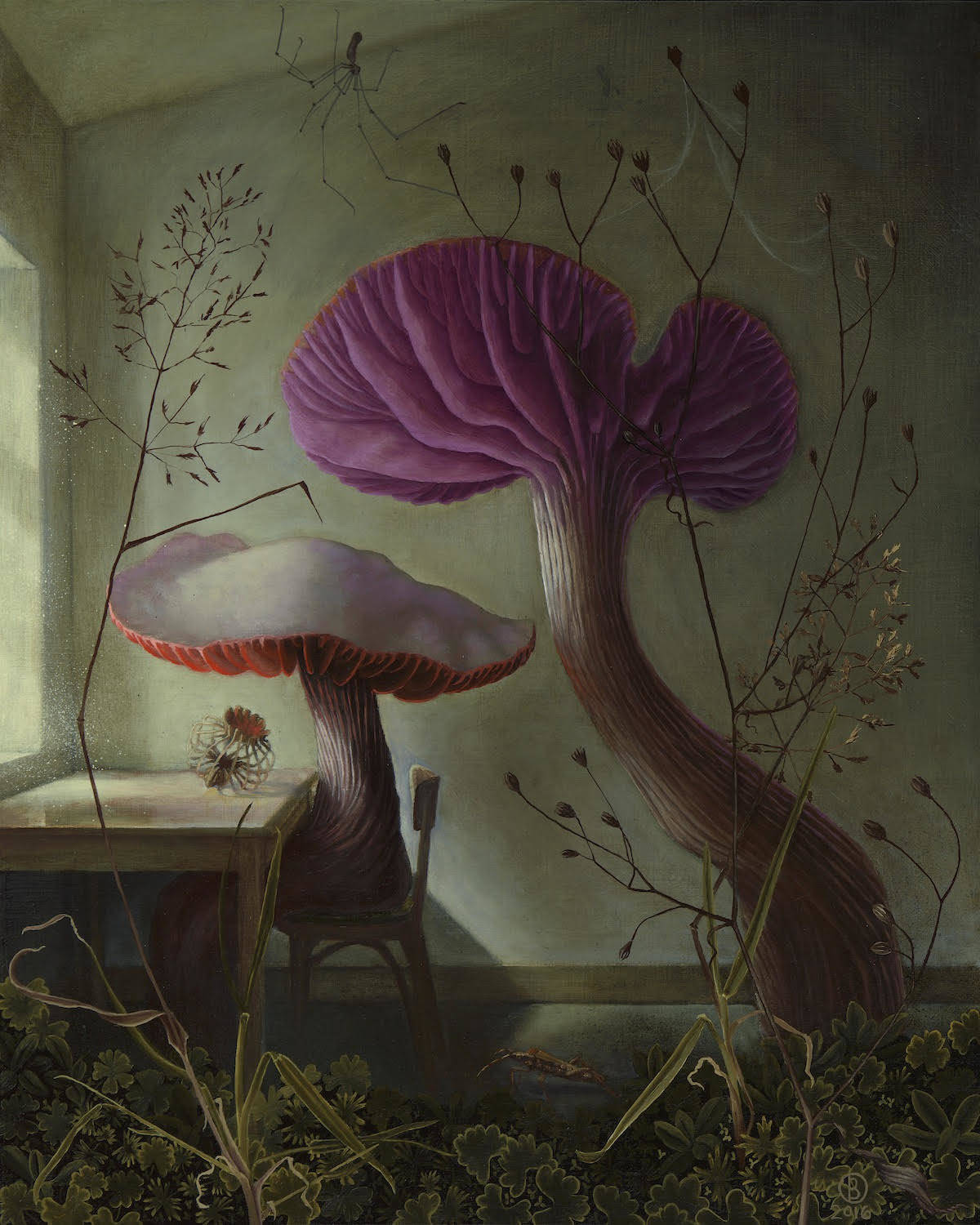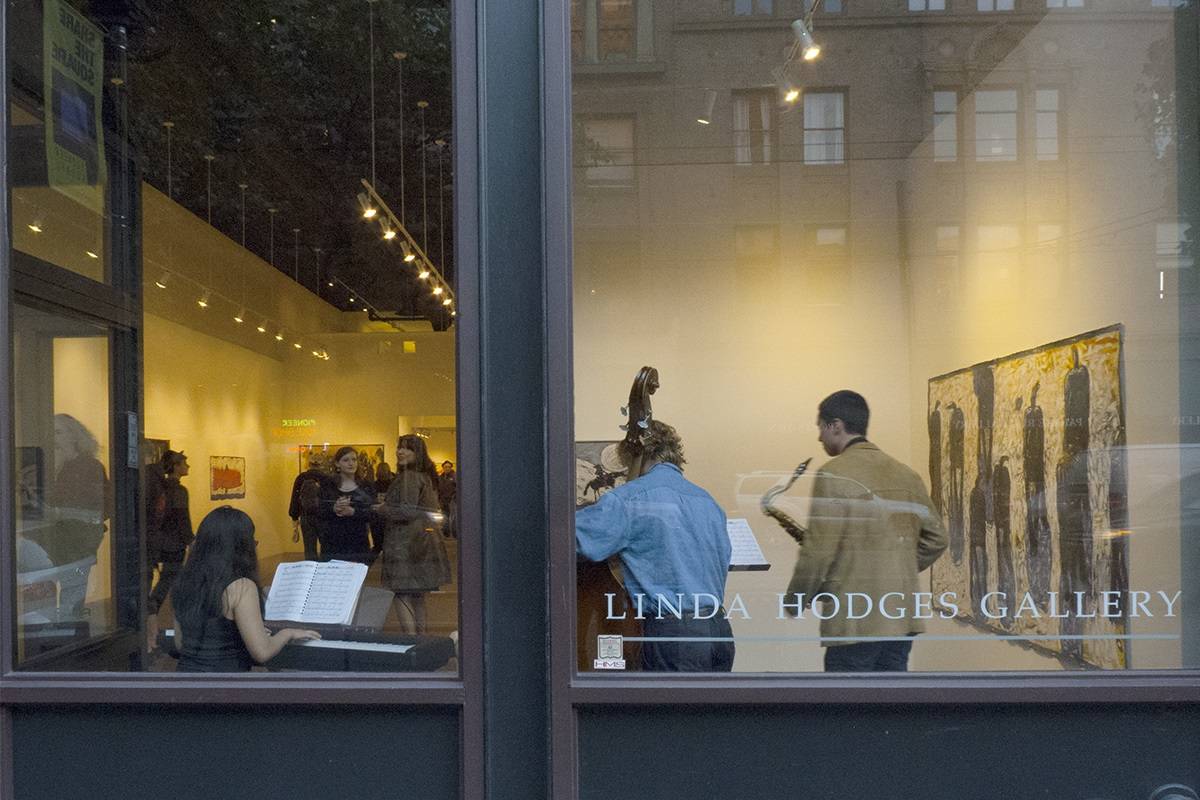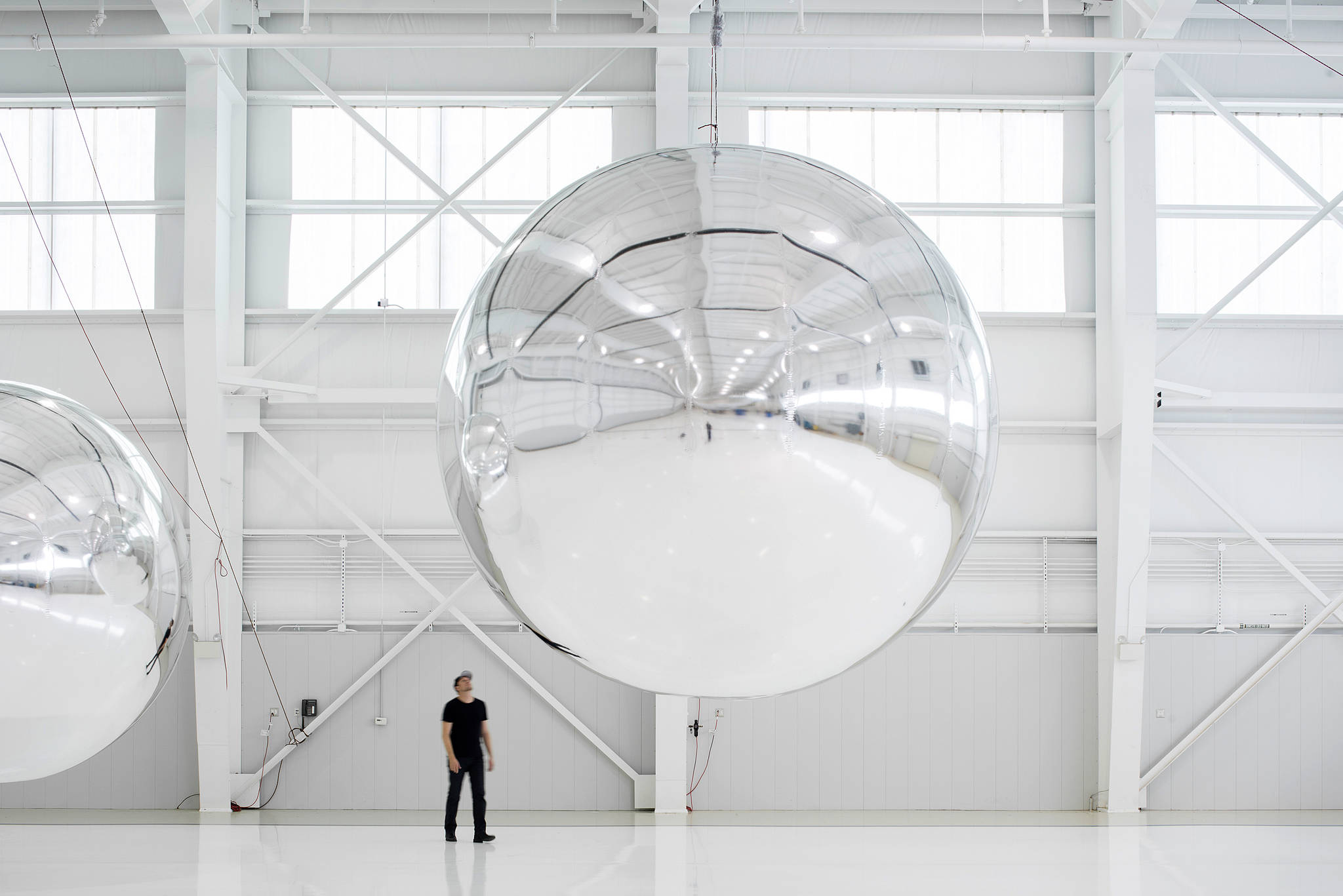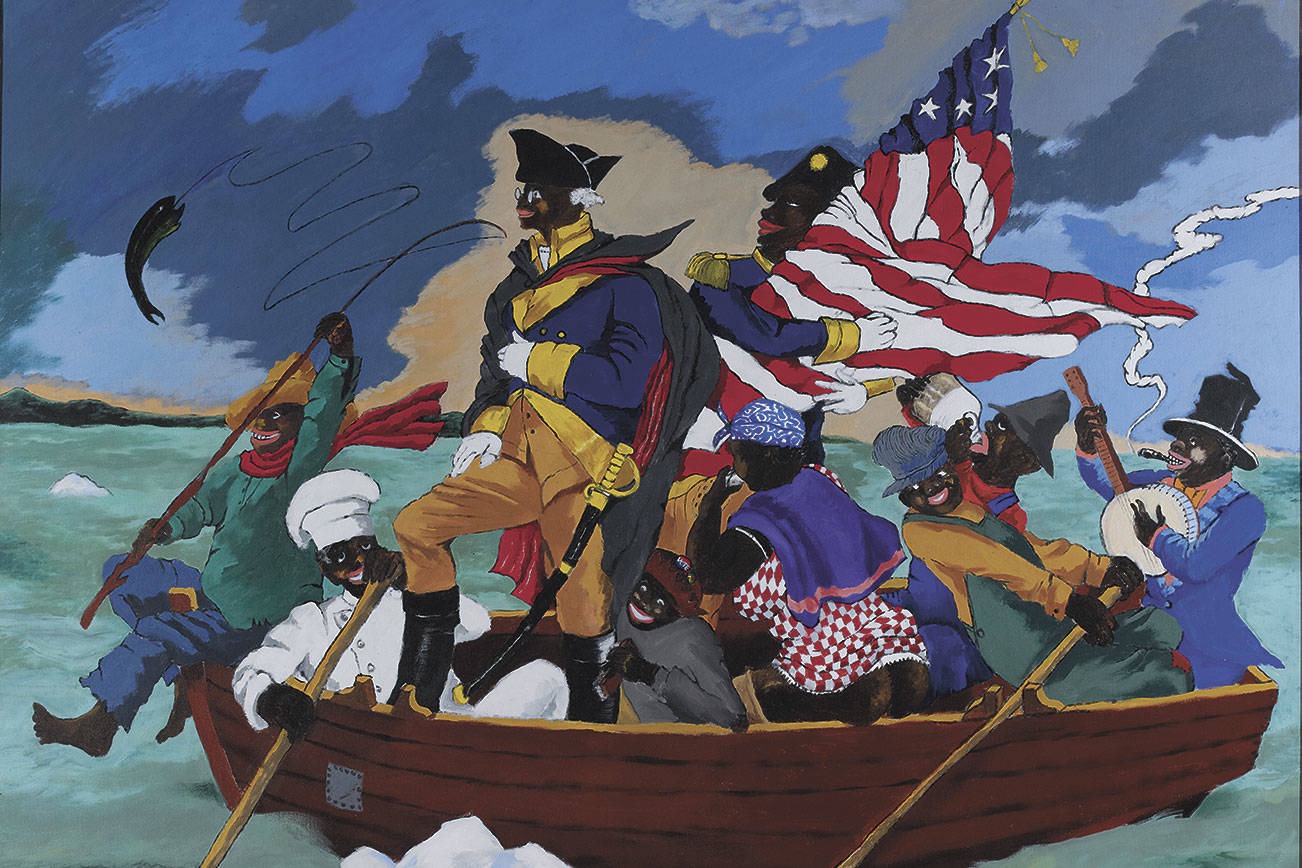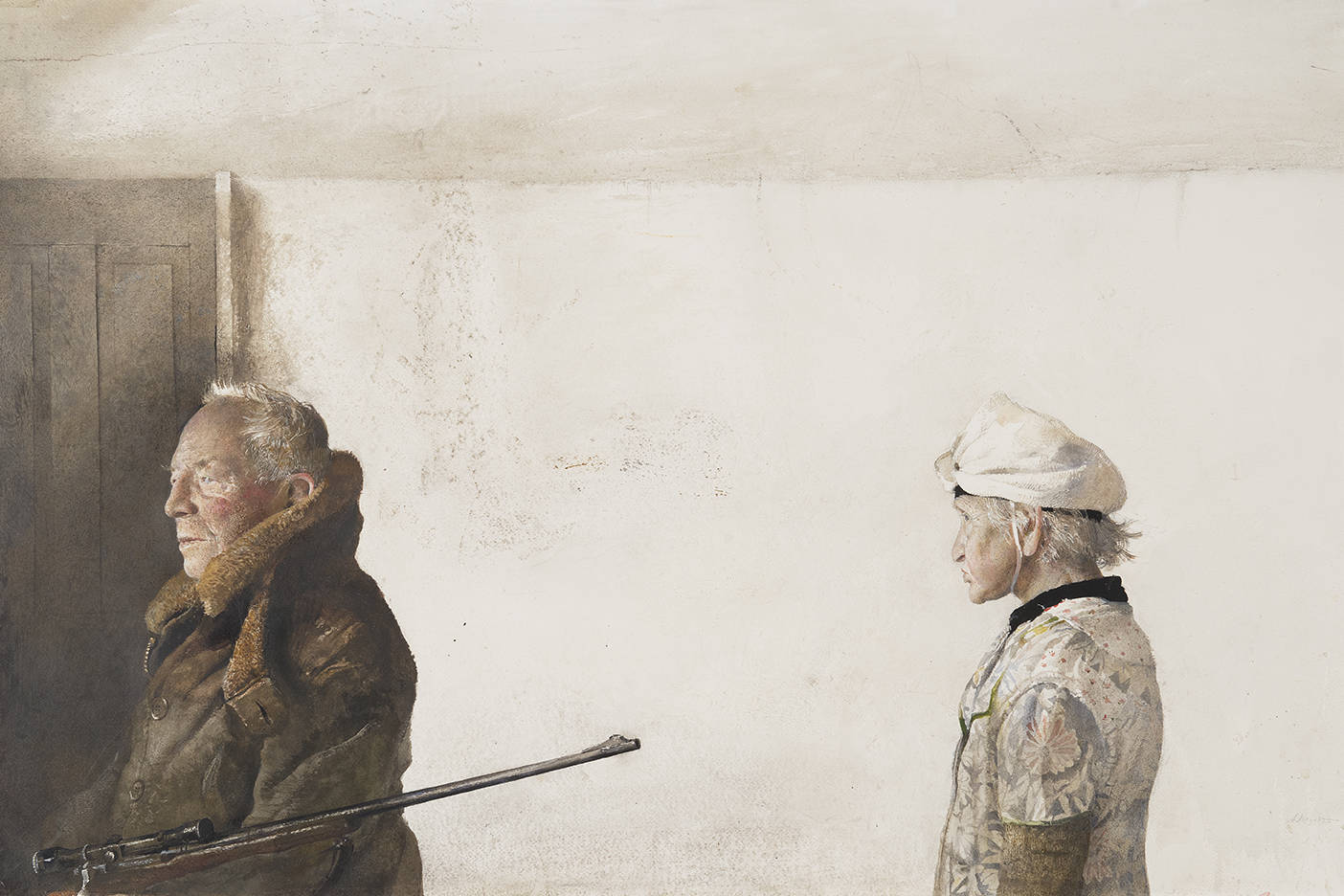A generation ago, the Pike/Pine corridor on Capitol Hill was known as Auto Row because of its string of auto shops and light-industrial buildings. Thanks to cheap rent and its burgeoning gay community, it was also home to many blue-collar artists, galleries, and performing venues, both underground and at street level. Today, little remains of Auto Row but for a few brick facades. The artists, however, are still there in force.
Capitol Hill is the densest cluster of arts and cultural organizations in Washington. Amid the crush of nightlife, retail outposts, and services are dozens of performance venues, artists’ studios, and galleries in a radius of just a few blocks. In 2014, the neighborhood was designated as Seattle’s inaugural Arts & Cultural District.
As the pressures of high rent and vanishing buildings force arts and cultural venues to adapt continually, the Pike/Pine corridor has entered a new stage of maturity, especially in regard to the visual arts and its monthly art walk each second Thursday. The First Thursday Art Walk in Pioneer Square and downtown still boasts a higher number of fine-arts galleries, but the Capitol Hill Art Walk has a more casual, energetic atmosphere that’s especially accessible to those just wading into the arts scene.
The event’s promotion is handled by arts advocates Jeanine Anderson and Laurie Kearney, who maintain capitolhillartwalk.com and its interactive map of events. The art walk has attracted the participation of dozens of businesses who turn their walls into displays for emerging artists. Just a quick scan of the website shows how much there is to see on any given month, with consistent participation by more than two dozen venues.
But for Kearney the website comes second to owning and running Ghost Gallery. After losing the lease on the gallery’s seven-year home on Denny and Summit in January and wondering if she could afford a new space, Ghost Gallery recently relocated to the Pike/Pine corridor. Kearney’s gallery has never been a typical white-wall affair. Like the previous iteration of Ghost Gallery, her new venue resides off the main street. The old gallery stood for eight years behind a shady yard, soon to be redeveloped for a high rise; the new gallery can be found at the back of Cupcake Royale on Pike, which carved out a 700-square-foot space from its original baking and storage room. Along with art shows, Kearney offers a curated selection of jewelry and decor by local artisans, including a wine program.
In November, Ghost Gallery will feature work by Isvald Klingels, whose distinctive pointillist drawings were used as the art for Shabazz Palaces’ album Quazarz: Born on a Gangster Star. It is a fitting match for a cosmic theme: Klingels uses white ink on black paper to create starry masses arranged in geometric and figurative forms. It will also fit nicely in Ghost Gallery, which tends toward moody works with references to the natural world and magic.
Even while running her previous space, Kearney often hung work in other venues, especially during her annual Mini Art Show, which features hundreds of small artworks priced at $250 or less. December will mark the show’s 12th year, and this time it will be centered in her gallery at Cupcake Royale (where she’ll be regularly curating art for the bakery’s walls).
Kearney has been thrilled by the redesign and the new location. “Being part of the Pike/Pine corridor now has opened up a lot of opportunities for the artists and designers that we work with,” she says. “There’s better foot traffic, a supportive community of mostly local business, and a large percentage of female business owners.”
Speaking of big returns, the much-beloved Roq La Rue Gallery reopens on Capitol Hill in October. Owner and founder Kirsten Anderson was one of the people who defined the pop surrealism movement in the early 2000s with a space that valued skill, craftsmanship, and imaginative vision. After the 2016 closure of Roq La Rue’s Pioneer Square home, last year she opened Creatura House, a gallery-cum-shop that doubled as an HQ for her wildlife conservation nonprofit Creatura. Deciding she wanted to further expand a curatorial path for herself, she’s bringing back Roq La Rue with a renewed emphasis on works that connect to the natural world, starting with the grand reopening exhibit, Lush Life 6, which runs October 11–28.
But not everything is new. Under the watchful eye of gallerist and bar owner Diana Adams, Vermillion remains a stalwart of the Capitol Hill community, celebrating its 10th birthday earlier this year. Vermillion is another hybrid gallery space—not retail, but a lounge whose back bar hosts live music, dance parties, lectures, and more. The art is displayed on the white walls and corridors between that bar and the front of the house, which is populated with an eclectic mix of arcade cabinets and pinball machines. Those first arrived in the spring of 2015 for a show of art inspired by video game graphics, but their mere presence started to attract a clientele that had been intimidated by the strict gallery space, so Adams decided to keep them. Vermillion is as eclectic as it is welcoming—and as it is still serious about art—even if you (wrongly) think galleries and pinball are incompatible.
That sort of anarchic, anything-goes attitude is precisely what allows some younger galleries to thrive. The Factory, located in the Pound Arts Building on 10th Avenue, has presented a balance of experimental installations and lively group shows in its first years. Director and curator Timothy Rysdyke scored several coups this year with a knockout debut showing by multimedia artist Anthony White and Oh, You STILL Work There?, an excellent carnivalesque group show about the service industry.
The current immersive installation by Ben Zamora is the artist’s first piece in Seattle in three years, as Zamora has been off creating large-scale public installations and sets internationally. For the installation, I Remember/The Hollow Features of What Remains, the gallery’s white interior has been blacked out with Zamora’s lattice of fluorescent lights at its center. What begins in total darkness becomes a frenetic, searing display as the bulbs flicker, creating the impression of an object or space whose boundaries are always changing and cannot be defined—an apt representation of memory itself. (The last gallery hours to see I Remember… are this week: Thursday from 7–9 p.m. and Saturday between 2–4 p.m.)
There’s more on the horizon for the neighborhood, as a new gallery called Found is slated to open near the corner of Pike and 12th. When? It’s a matter of permitting. One of the growing pains for artists trying to find increasingly rare spaces to show, perform, and work is also facing a city office overwhelmed by permit requests. But given the past work of Found’s four artist/curators—Jon Feinstein, Serrah Russell, Rafael Soldi, and Sierra Stinson—the arts community is expecting something quite special. Each of them has serious curatorial credentials, from Feinstein’s New York–based art-photography nonprofit, the Humble Arts Foundation, to Stinson’s public art exhibition A LONE, which showed large-scale works in unexpected places around Seattle this spring.
The next Capitol Hill Arts Walk on October 11 will be one of the year’s best. In addition to the openings at the above galleries, Cloud Gallery (upstairs at Frame Central on Pike and Broadway) will feature a haunted-house-style show of work by local artists.
Vermillion is also throwing a unique, artsy Halloween party on October 31, hosted by stop-motion animator and sculptor Bruce Bickford. He’s been working in Seattle since Capitol Hill was still Auto Row, not an arts district. There will be screenings of his work and pumpkin-carving with Bickford, while John Hanford and the Silver Tongued Devils croon R&B classics—another example of the utterly odd but earnest mix that makes Vermillion special.
“I love that corny stuff now,” says Adams, “and it’s such a contrast to the neighborhood usual.”
What is “usual” is hard to pin down in a place changing as rapidly as Capitol Hill, but one can at least hope that the arts—in all their messy, scrappy, and glorious forms—are there to stay.
Capitol Hill Art Walk
Second Thursday of every month | capitolhillartwalk.com
